Yoghurt Recipe
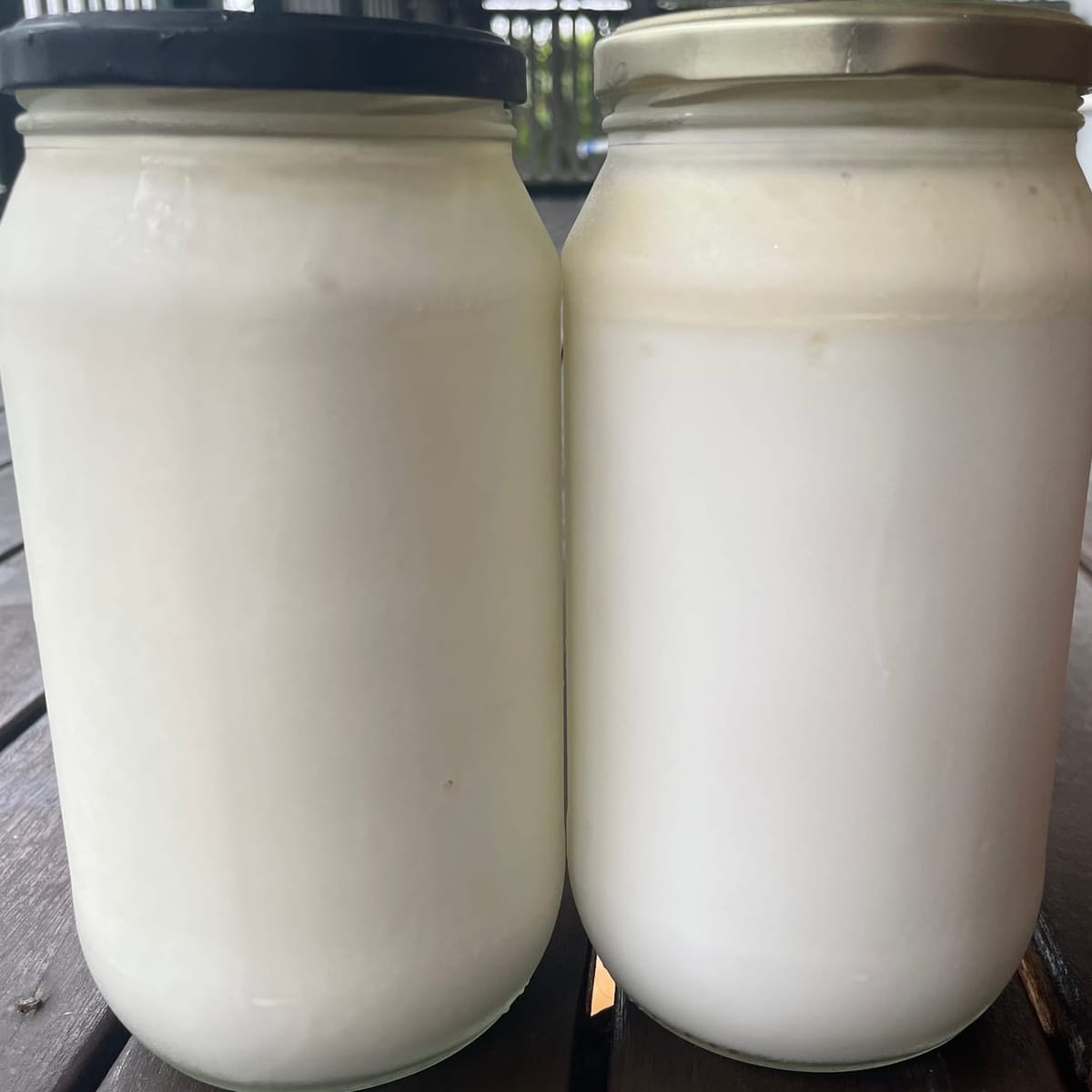
All that is required to make yoghurt is milk and some previous yoghurt. It is that simple.
Equipment needs are also pretty staightforward - a pot, a jar and some warm temps (approximately 40 degrees Celsius) for anywhere between 3 and 24 hours.
Ingredients
- 2L milk (pasteurised or raw). Preferably unhomogenized.
- Starter - approx 2 tablespoons of a previous batch of yoghurt, or store-bought yoghurt (with live cultures), or the suggested quantity of a commercial yoghurt starter packet.
Warning: Almost all fresh milk sold is pasteurised. For pasteurised milk you must heat the milk to boiling point before allowing to cool and adding your starter. Failure to do this will make the yoghurt unsafe to eat.
Method (for pastuerised milk)
1. Heat milk in a pot on the stove on low with lid on. (Note: can take quite a while, such a 1/2 hr to 45 mins, so perhaps make it when you are doing other things in or near the kitchen - if you go too far away and the milk boils over, it just makes a mess). Don't stir the milk if possible as milk likes not to be disturbed - unless you are in a hurry and need to heat the milk at a higher temperature, in which case the milk will burn on the bottom of your pan if you don't stir occasionally (or continuously if you are heating the milk on high).
2. When the milk starts to look like it will boil over and so has reached boiling point, take the lid off and take the milk off the heat.
3. Pour the boiling hot milk into clean jars - carefully.
4. Leave the milk to cool off a little in the jars until it is reaches a warm temperature, cool enough not to burn your pinkie finger, but still warm. (must not feel like it will burn your fingers.. if it will burn you, it is hot enough to kill your starter culture). You can cool the yoghurt faster by putting the jars in a sink or pot of cold water, and even add some ice to the cold water for more rapid cooling.
5. Add the starter culture (previous batch of yoghurt, store-bought yoghurt, or suggested quantity of a commercial yoghurt starter packet). Stir the starter around in the milk until disbursed throughout the milk.
6. Leave the jars somewhere warm - preferably at approximately 40 degrees Celsius - until set (3 to 24 hours). The longer you leave the milk to set into yoghurt, the less lactose will be in the yoghurt. Allowing the yoghurt to set at 40 degrees Celsius for 24hrs should remove most, if not all, lactose from it.
Some options to keep the yoghurt warm include: purchasing a yoghurt maker, use an oven that holds a low temperature, put the yoghurt in a food dehydrator. A low tech version is to put the yoghurt in a cooler/esky that has been warmed with hot water bottles - if using this method, check the temp of the cooler occasionally with a cooking thermometer.
7. Refrigerate and use the yoghurt within 7-14 days. Save a couple of tablespoons to use as a starter for your next batch of yoghurt.
Enjoy
PS. If making milk yoghurt from raw (farm direct, not heat-treated, bath milk only), then you can omit the boiling and steps 1-4, and just pour the milk directly into jars and add the starter. Continue with step 5 and continue as normal.
Photos of the process:

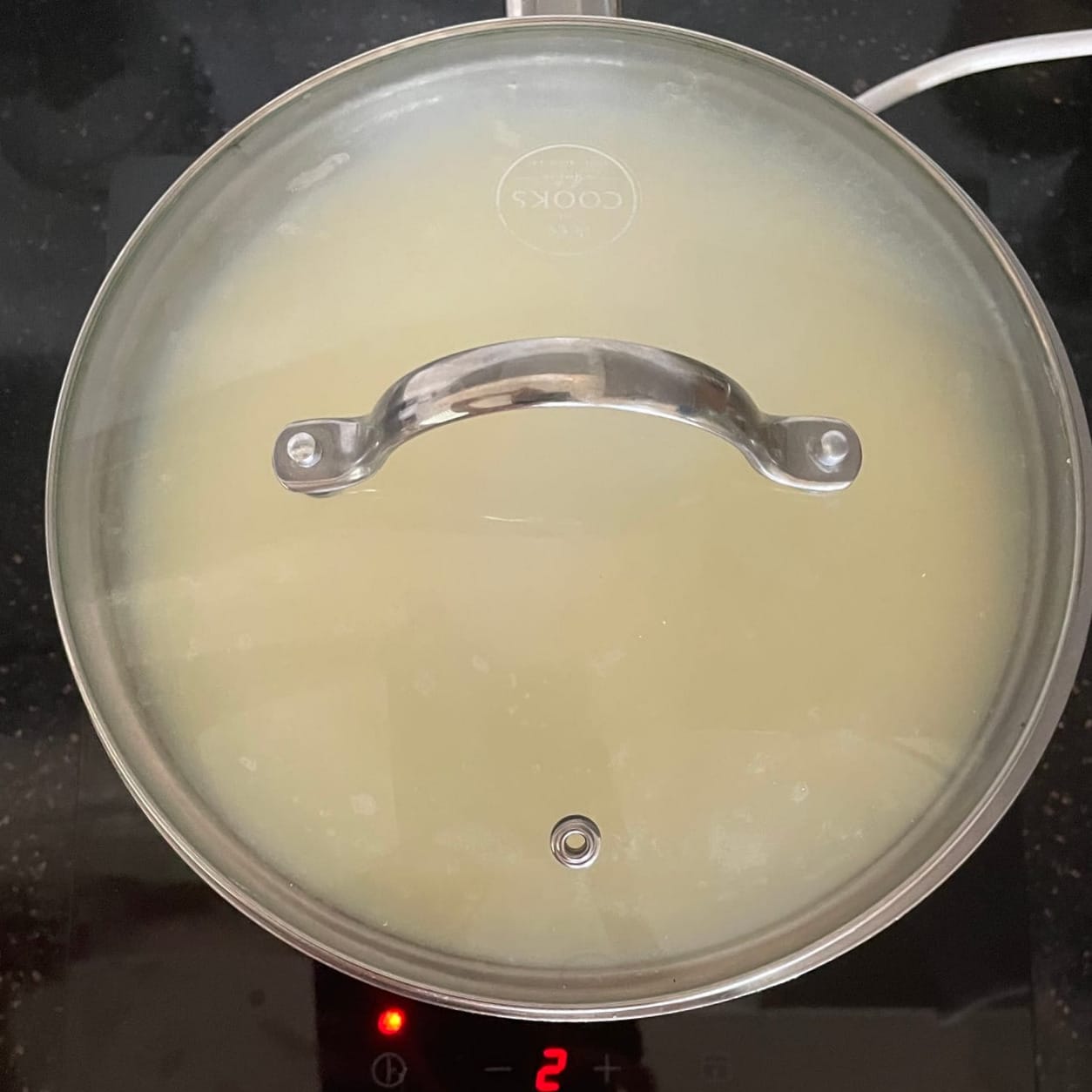
Pour the milk into a pot and heat on low
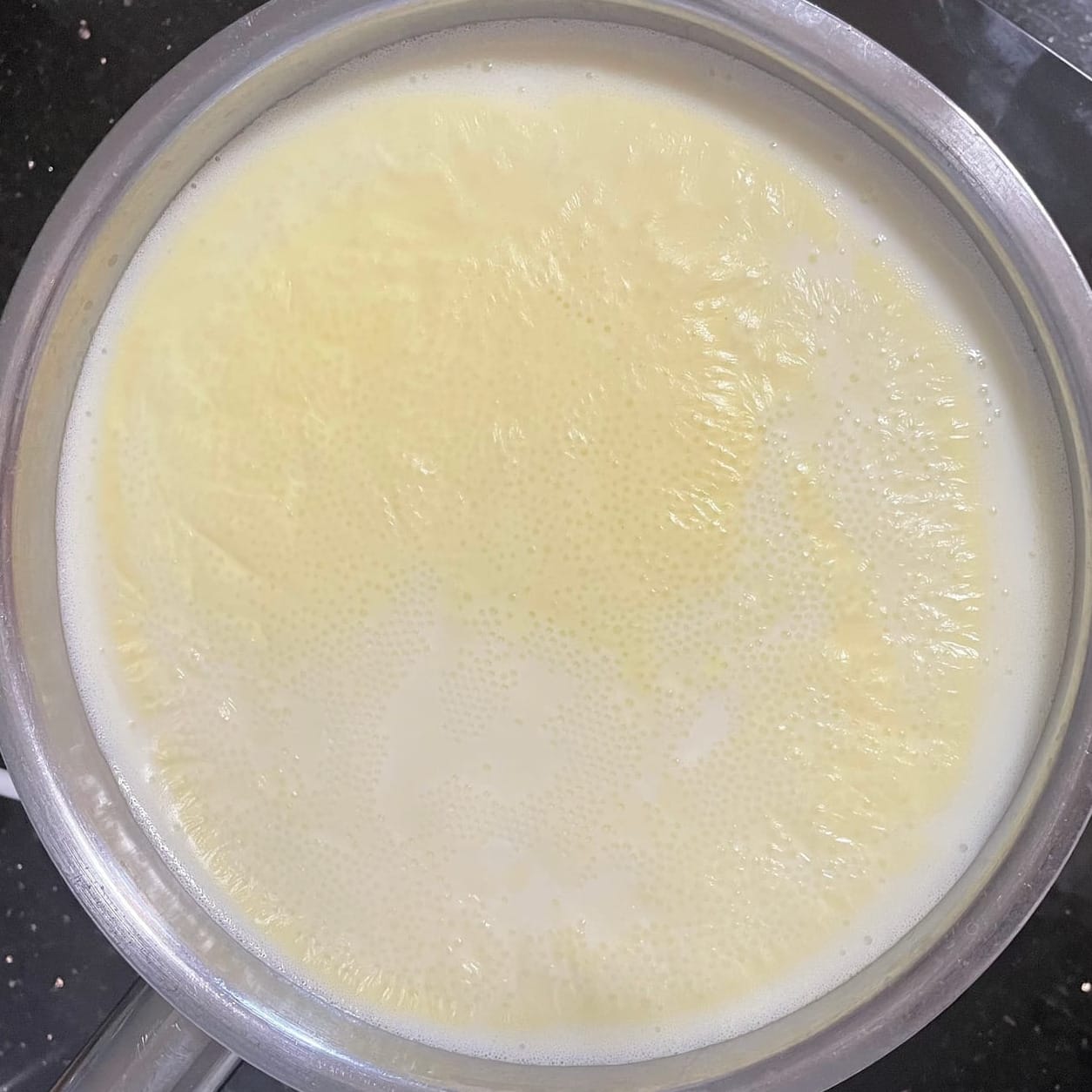
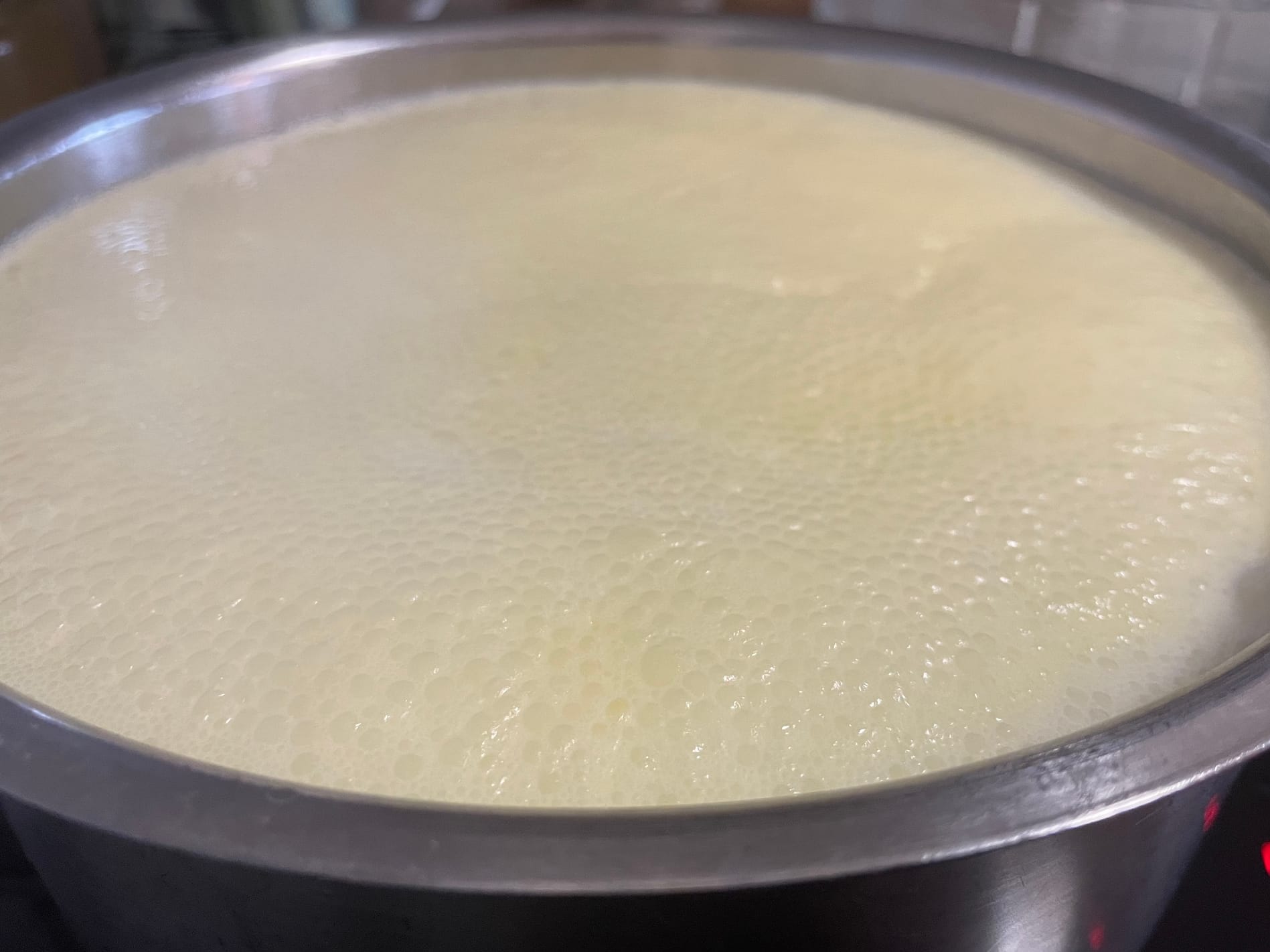
Keep heating until the milk is gently boiling and starts to boil over

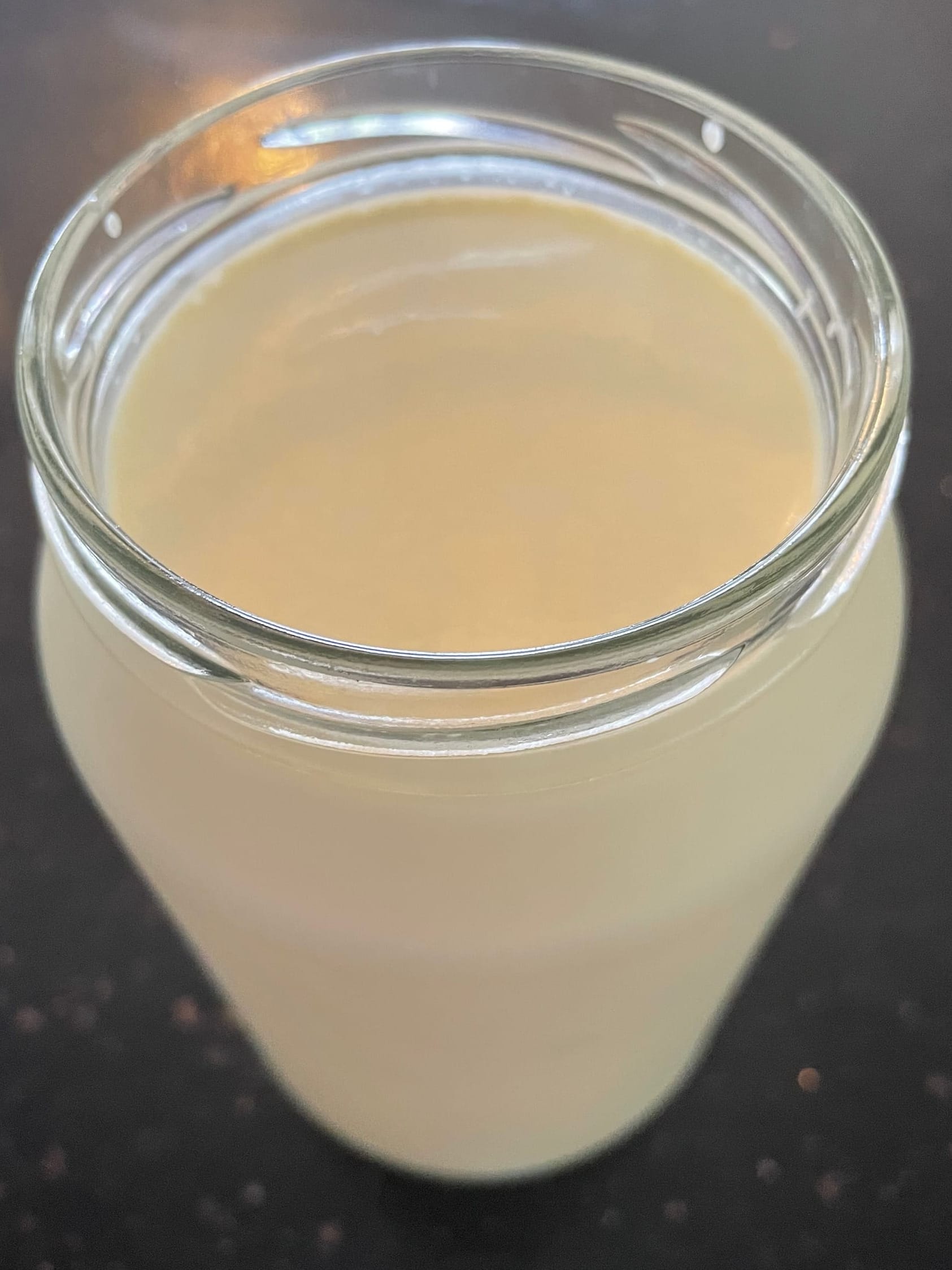
Pour the milk into jars, and place the jars in a pot with cool water, until warm. Then put a lid on the jars and leave in a warm place (40 degrees Celsius) for 3-24 hours. Minimum time is enough time to set the yoghurt, whereas a 24 hour set time will enable the process to eliminate most if not all lactose.
Safety
- Cow’s milk is a common allergen
- Many people lack the enzyme lactace (needed to digest lactose – 24 hr yoghurt helps to minimise lactose content in the milk
